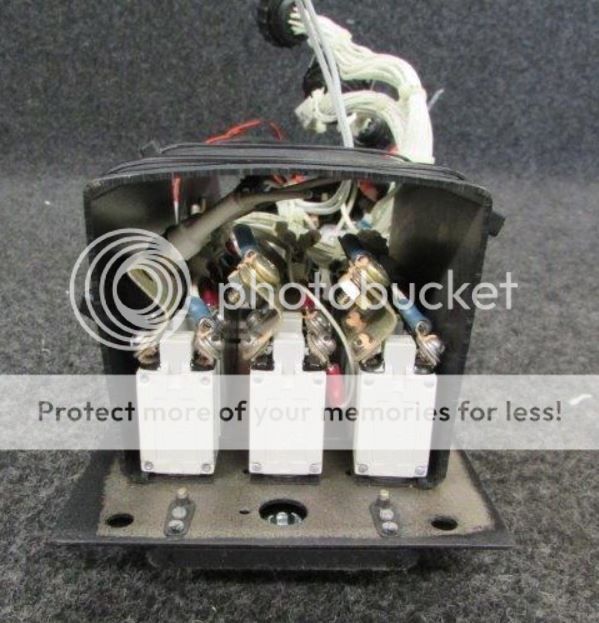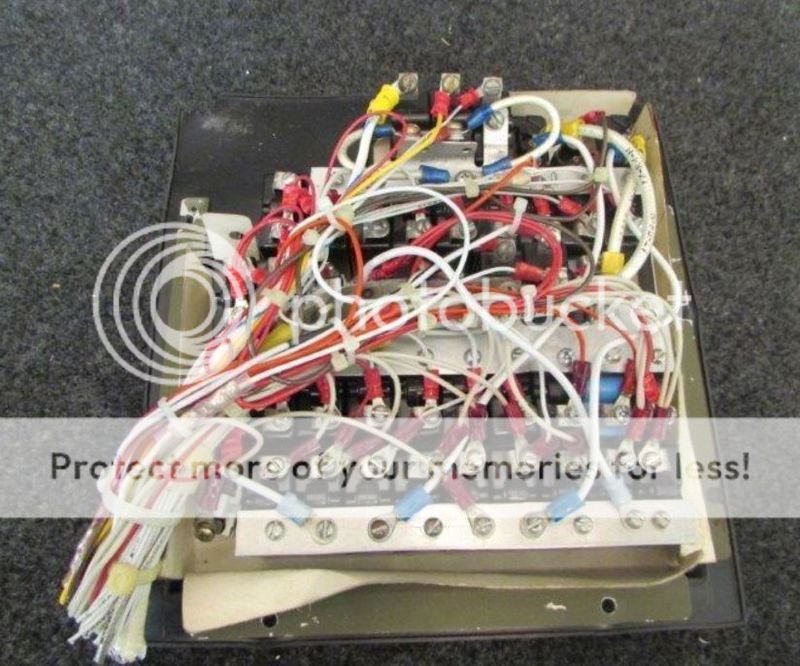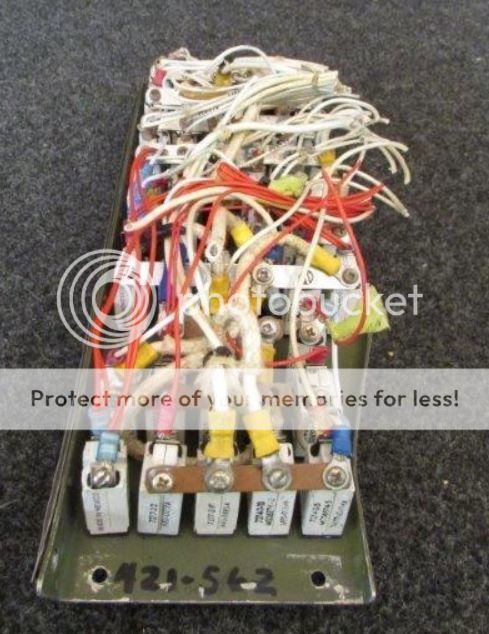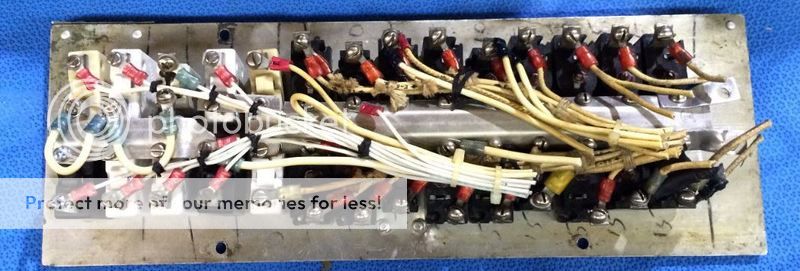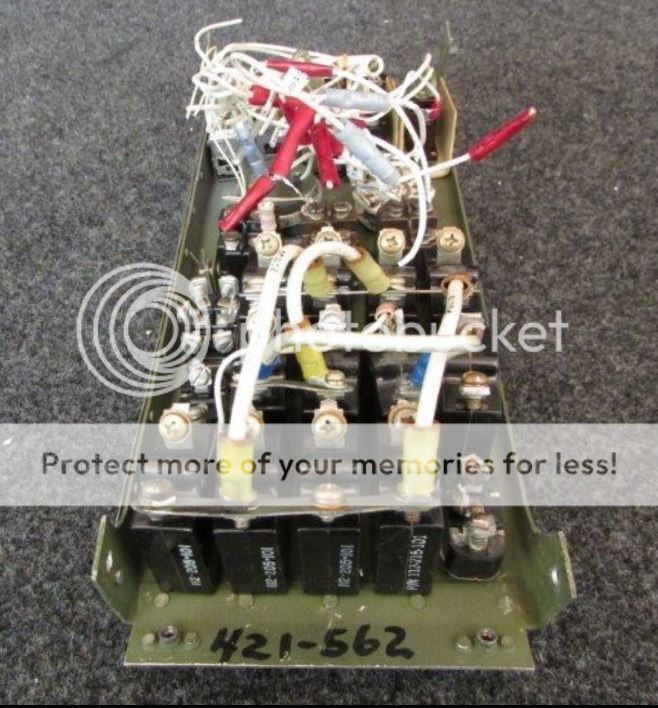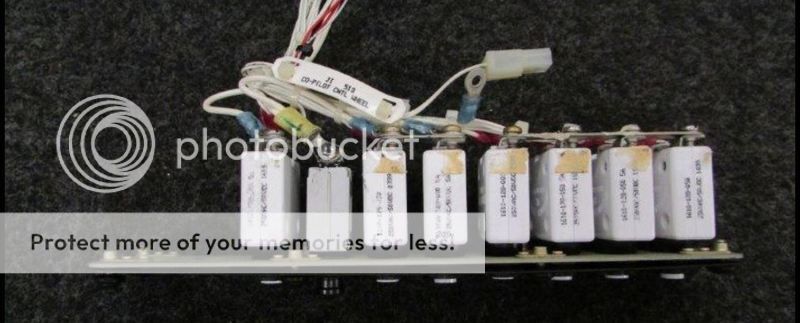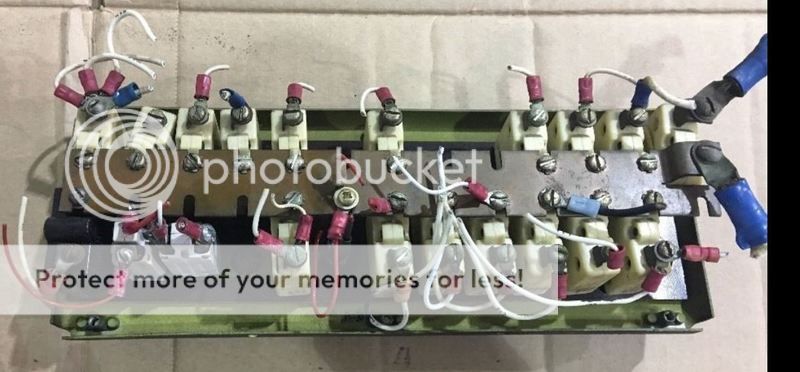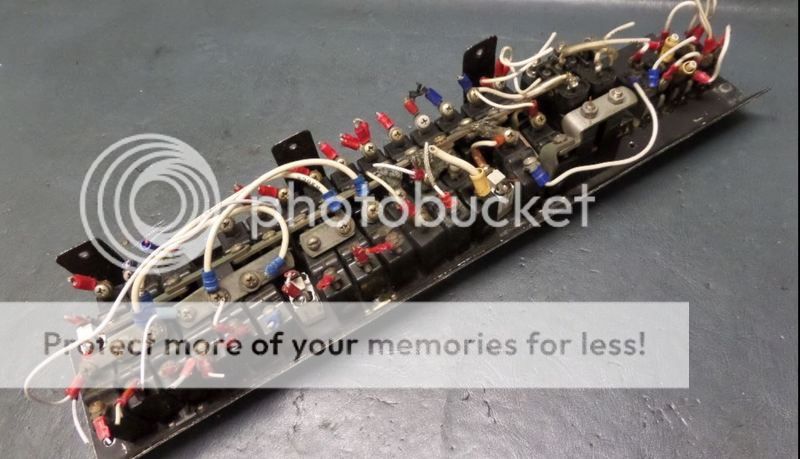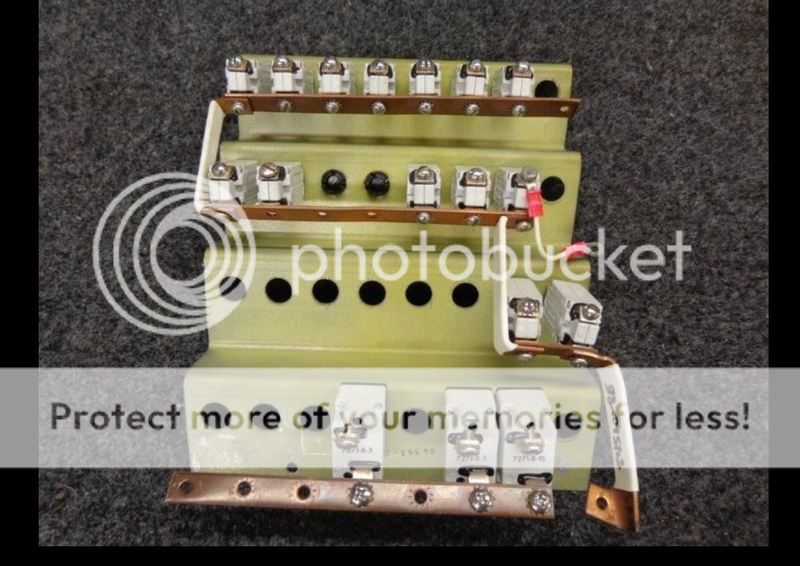kontiki
Cleared for Takeoff
- Joined
- May 30, 2011
- Messages
- 1,121
- Display Name
Display name:
Kontiki
Pulled a suspicions looking piece of bus bar material out tonight. Looks like it's dead soft aluminum. Is that a common GA practice?
I couldn't find any plated copper bus bar in any of the usual supplier catalogs. I can probably buy a piece of copper and tin it after I drill it.
I'd be open to an off the shelf plated bus bar if anyone knows a source. Terminal strip bus bars don't work because of the hole spacing.
I couldn't find any plated copper bus bar in any of the usual supplier catalogs. I can probably buy a piece of copper and tin it after I drill it.
I'd be open to an off the shelf plated bus bar if anyone knows a source. Terminal strip bus bars don't work because of the hole spacing.

